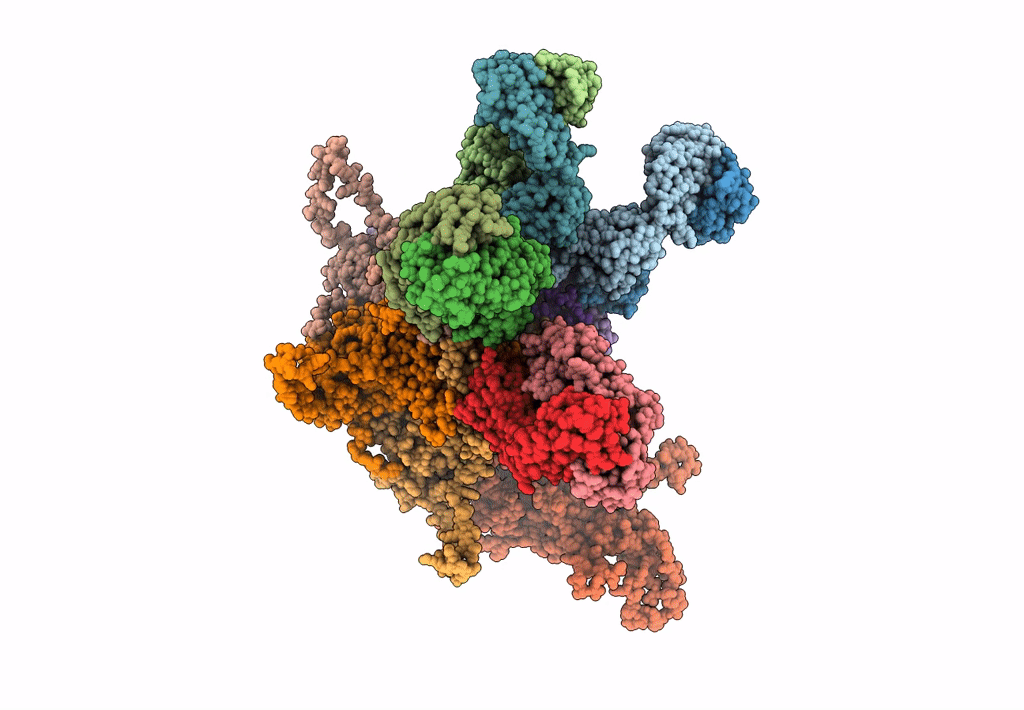
Deposition Date
2017-12-05
Release Date
2018-01-17
Last Version Date
2024-11-20
Entry Detail
PDB ID:
6BT3
Keywords:
Title:
High-Resolution Structure Analysis of Antibody V5 Conformational Epitope on Human Papillomavirus 16
Biological Source:
Source Organism:
Mus musculus (Taxon ID: 10090)
Human papillomavirus type 16 (Taxon ID: 333760)
Human papillomavirus type 16 (Taxon ID: 333760)
Method Details:
Experimental Method:
Resolution:
4.70 Å
Aggregation State:
PARTICLE
Reconstruction Method:
SINGLE PARTICLE


